Deals 🔔 Quechua Mountain Walking 🎒 Backpack 40 L MH100 Hiking Clothing 👍
$30.00 Original price was: $30.00.$24.30Current price is: $24.30.
- Experience the Best Quality
- The quality you expect, the service you deserve.
- The best quality products, always.
- Safe Transactions, Happy Customers

A ventilated back, comfortable to wear with stomach belt. A 5-liter hat pocket, a sliding smartphone pocket on the front of the belt, a secret pocket inside the bag.
At the foot of Mont Blanc, our passionate mountain team designed these adjustable pants for beginner hikers (3-4 hours / outing < 6 miles)
Laboratory Testing
We carry out laboratory tests to validate all component parts: fabric, buckles, straps, foam and zippers. For example, for fabric: resistance to wear, tearing, colorfastness under UV rays, washing, waterproofing. A final test on the finished product simulates the kind of treatment to which it will be subjected over several years, to assess the strength of the assembly: the backpack is weighted, then placed on a dummy, which then reproduces the movement of fast walking over thousands of cycles.
10-year warranty, technical partnership
The heavy stitching research and development department, Quechua’s partner for researching and testing its components and assemblies, conducted tests simulating backpack aging. The tests focused on components, seams and the end product. As a result of these tests, Quechua can guarantee all bags tested for a duration of 10 years from the date of purchase indicated on the sales receipt.
10-year guarantee, conditions
The guarantee covers any backpack faults, except those caused by normal wear and tear and improper use. This special 10-year guarantee will only be granted upon presentation of the product and sales receipt. If the product is covered by the guarantee, it will be repaired or exchanged free of charge. This commercial warranty does not exclude applicable legal warranties depending on the country and/or State.
How is volume measured?
The volume of each backpack is measured using a standardized method: we fill the main compartment as well as each pocket with little balls. Then we empty these balls into a graduated container, which gives the equivalent volume in liters.
How do I adjust my backpack?
1 – Loosen all the straps (straps, hip belt, load adjuster straps). 2 – Put the backpack on. 3 – For backpacks with a capacity of 50 L or more, place the hip belt correctly (it should sit over the pelvis) and tighten it. For smaller backpacks, the belt should be placed around the waist. 4 -Tighten the shoulder straps. 5 – Adjust the load adjuster straps as needed.
How to pack a backpack?
Put your bedding at the bottom. Put heavy gear near to the back. Pack your clothes around these items. Keep a rainproof jacket and fleece close at hand. Place small items for daily use (sunblock, map, glasses, etc.) in the pockets. If carrying a hydration pack (water bladder), this should be placed in its special pocket along the back.
Environmental measures
The environmental impact of the product is calculated over the entire lifecycle of the product using different indicators. A global ABCDE rating is provided to help you easily identify products with the best environmental performance by comparing products of the same type with each other (T-shirts, pants, backpacks, etc.). Decathlon is a voluntary participant in this environmental labeling initiative. For further information: http://sustainability.decathlon.com/
Composition
Main fabric : 100.0% Polyester cationic
Lining : 100.0% Polyester cationic
Pocket : 90.0% Polyester cationic, Pocket : 10.0% Spandex
Coating : 100.0% Polyurethane
Foam part : 100.0% Polyethylene Low Density
Carrying comfort : Thumb loops. Load adjuster straps. Stomach support belt.
Ventilation : Well-ventilated back (AirCooling label), which regulates back perspiration
Capacity : Volume: 40 L (2440 cubic inches) / Dimensions: H 25.2″; L 13.8″; D 9.8″.
Multiple compartments : Pockets: 1 out, 1 inner, water bladder, 2 mesh side pockets,1 sliding waist pack
Abrasion resistant : 10-year guarantee
Lightweight : 2.4 lbs
| Color | Dark Petrol Blue |
|---|---|
| Size | 40 L |
Be the first to review “Deals 🔔 Quechua Mountain Walking 🎒 Backpack 40 L MH100 Hiking Clothing 👍” Cancel reply
Related products
Hiking Clothing
Budget 🤩 Forclaz Trek 100 23°F Down Packable Puffer 🎒 Backpacking Jacket Hiking Clothing 🤩
Hiking Clothing
Hiking Clothing
Best Sale 🔥 Quechua 2 Second Fresh & Black, Waterproof Pop Up Camping Tent, 3 Person 🤩
Camp Furniture
Camp Furniture


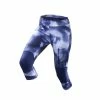





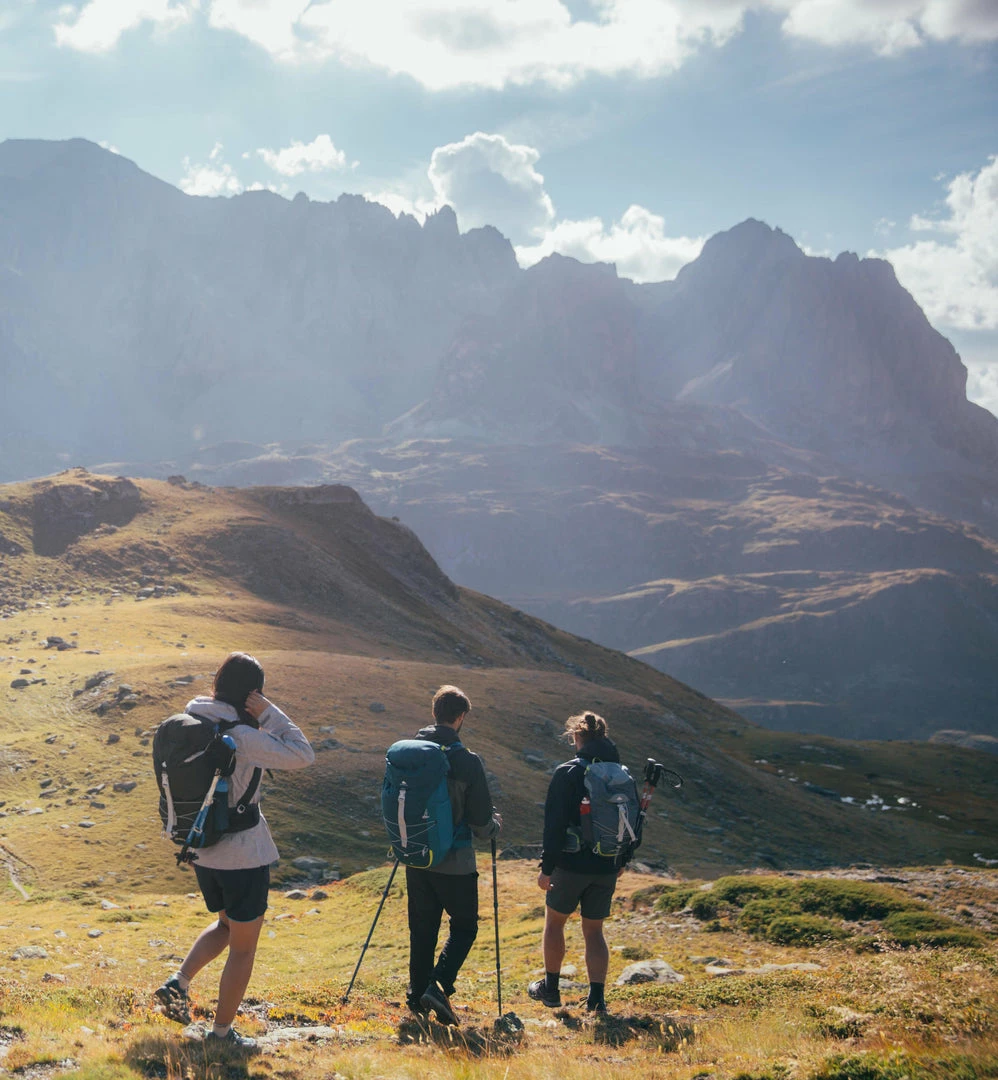
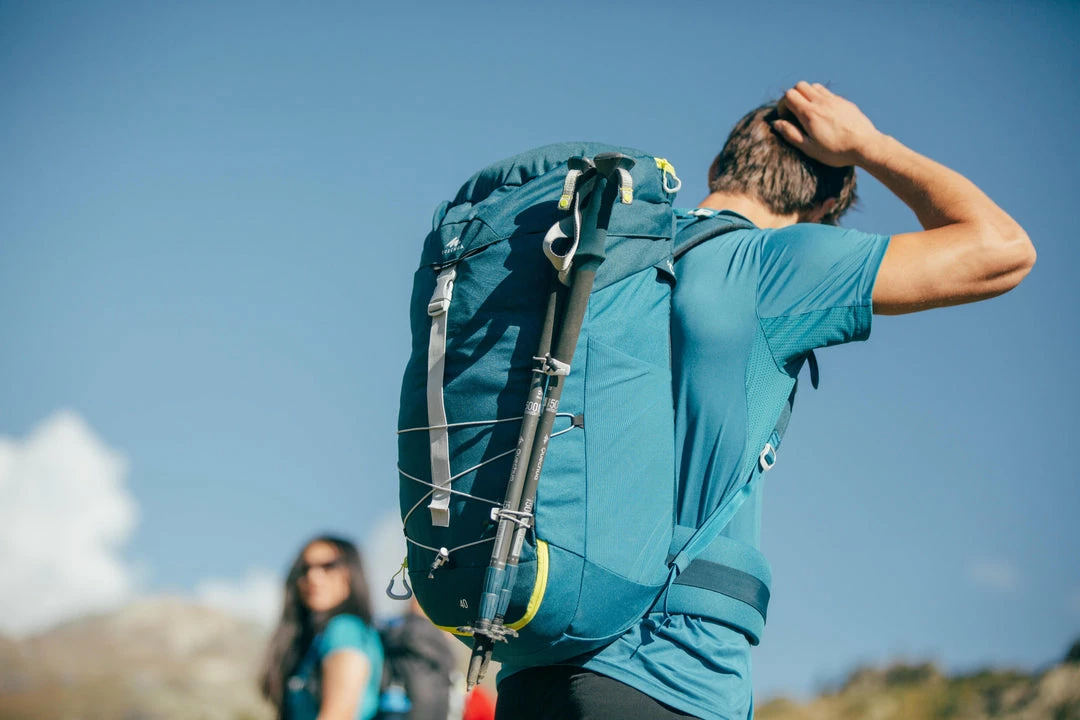






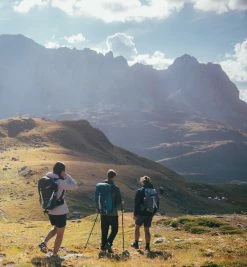
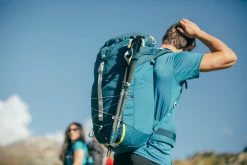
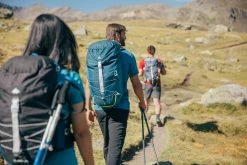




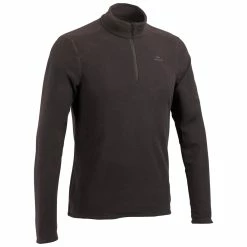
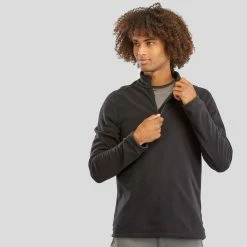









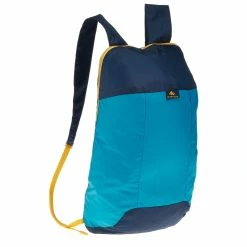
Reviews
There are no reviews yet.